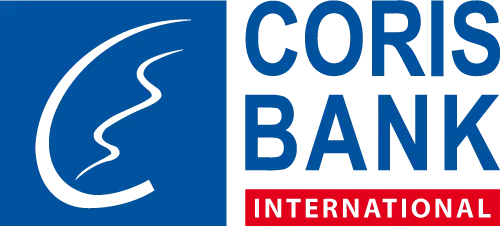Overview
A control's operational effectiveness is measured in stages. First, at the design level, we assess the suitability of its place in the targeted process, followed by the phases of its execution, the abilities of the personnel assigned to it, and its frequency.
One thing is to design robust procedures and another to ensure their operational effectiveness, i.e., their effective application by employees in their daily and periodic tasks. A procedure that is designed but not implemented equivalent to having no procedure at all.
To strenghen the operational effectiveness of controls, it is vital that the various players at all organizational levels be held accountable. To achieve this, the organization must guarantee that these actors have appropriately adopted the established procedures and that line managers supervise the successful application of internal control procedures by their team members.
Coris Bank Togo is the Togolese subsidiary of Coris Bank International, a West African banking group operating in nine countries. Coris Bank Togo is proud to be the first bank in Togo to receive ISO 9001 certification for the quality of its internal organization. Consequently, the bank has an extensive base of procedures covering all of its operations. To ensure the robustness of its first level of permanent control, Coris Bank Togo has entrusted excellence with the development and updating of its hierarchical control guides.
Classification of controls by frequency and by department
Hierarchical control guides are similar to a list of mandatory activities classified by actors, processes, and frequency. Thus, the customer service representative who has a customer in front of them knows what checks they must carry out before completing an account opening. An IT agent is aware of the tasks that must be completed by the end of the month.
The development of these guides is a multi-step process, the first and most crucial step being the reading and comprehension of all the procedures lying within the agreed-upon scope. Then, all the controls are identified and discussed with the client's teams before being categorized by frequency, department/management, and person in charge. The goal is for each agent to submit their self-checking sheet to their superior at the conclusion of the period (day, week, month, etc.), making it easier for the superior to do cross-checks prior to internal control bodies taking action. These guides also facilitate the work of controllers by allowing clear audit trails to be maintained and by objectively documenting the first-level controls implemented on each service line of the bank or company.
Our data analytics skills allow us to develop dynamic internal control guides for our clients who request them.



